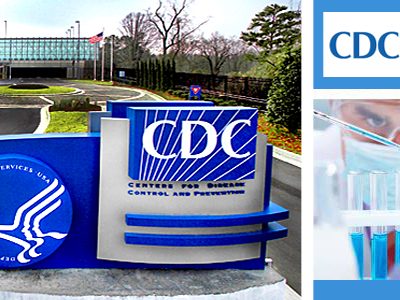Michigan v. EPA: Policymaking in the Guise of Statutory Interpretation
In Michigan v. EPA, the majority followed its own policy views, not those in the statute.
The majority opinion by Justice Scalia has gotten most of the attention. Most notably, he wrote that “[o]ne would not say that it is even rational, never mind “appropriate”, to impose billions of dollars in economic costs for a few dollars in health or environmental benefits.” Indeed, “[n]o regulation is ‘appropriate’ if it does significantly more harm than good.” Later in the opinion, Justice Scalia again faulted the agency’s failure to “ensure that the costs are not disproportionate to the benefits.”
The dissenters agreed that costs were relevant, but there was a significant difference in phrasing. According to the dissent:
“Cost is almost always a relevant — and usually, a highly important — factor in regulation. Unless Congress provides otherwise, an agency acts unreasonably in establishing ‘a standard-setting process that ignore[s] economic considerations.'”
And again, “an agency must take costs into account in some manner before imposing significant regulatory burden,” absent a contrary indication from Congress.
The difference is that the majority requires a comparison of costs and benefits, whereas the dissent requires only that costs be taken into account in some way. The thrust of the dissent is that it is enough if the agency ensures that compliance costs are affordable for each segment of the industry and that the regulation would be beneficial. (The dissent does cite the executive branch’s internal process of cost-benefit analysis as helping to show the reasonableness of EPA’s decision to initiate the rulemaking, but this is mentioned only in passing.)
The majority’s view may be good policy, but it does not seem to reflect the enacting Congress’s sense of what is “appropriate” regulation of toxic chemicals. As applied to nearly all industries, but not the power industry, cost is relevant only to setting degree of emission regulation, and even then existing sources are required to match the performance of the top 12% of their industry. New sources are subject to even tighter controls, and must comply with Moreover, once a category of sourced is placed on the regulated list, it can only get off by proving it poses no health risk. Costs are not relevant. New sources are subject to even tighter regulation: they must achieve the same level of pollution control as the best existing source in their category. Comparisons of costs and benefits are irrelevant: Congress plainly wanted to eliminate health risks whenever feasible. It seems clear that Congress’s idea of appropriate regulation for toxic pollution was not the same as Justice Scalia’s.
It’s clear where the Obama Administration went wrong in this case. It was taking a textualist view of interpretation, trying to decide what was “appropriate” by reference to the statutory scheme as a whole rather than its own view of public policy. (In terms of public policy, the Administration has consistently favored reliance on cost-benefit analysis.) In contrast, the majority was applying its own views of regulatory policy. Scalia was so sure of what is appropriate public policy that he failed to notice that Congress clearly took a different view when it the enacted statute in 1990. Textualists have warned of the dangers of substituting a court’s view of reasonable policy for that of the legislature. But that’s apparently an easier warning to give than to heed.






Reader Comments